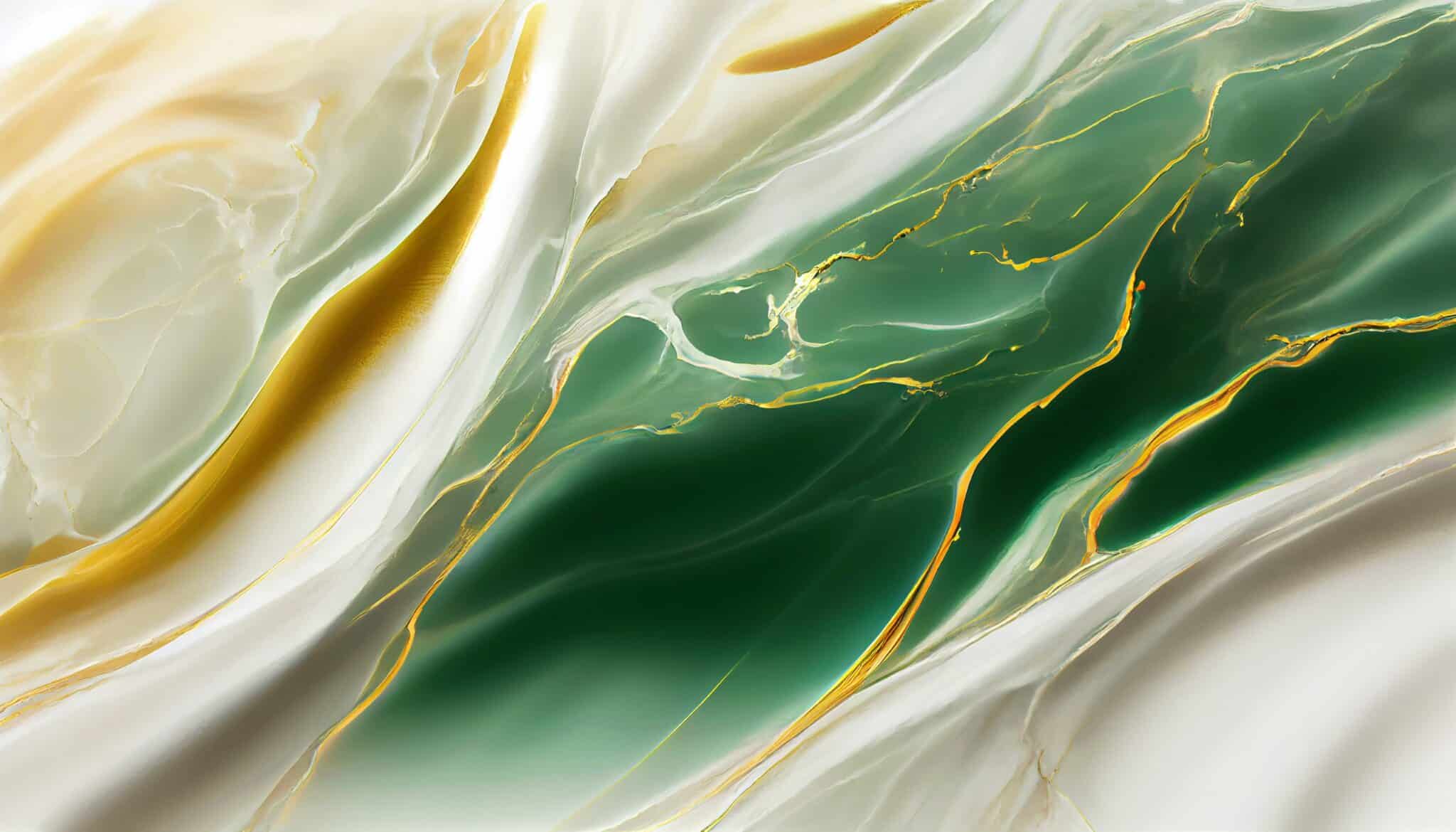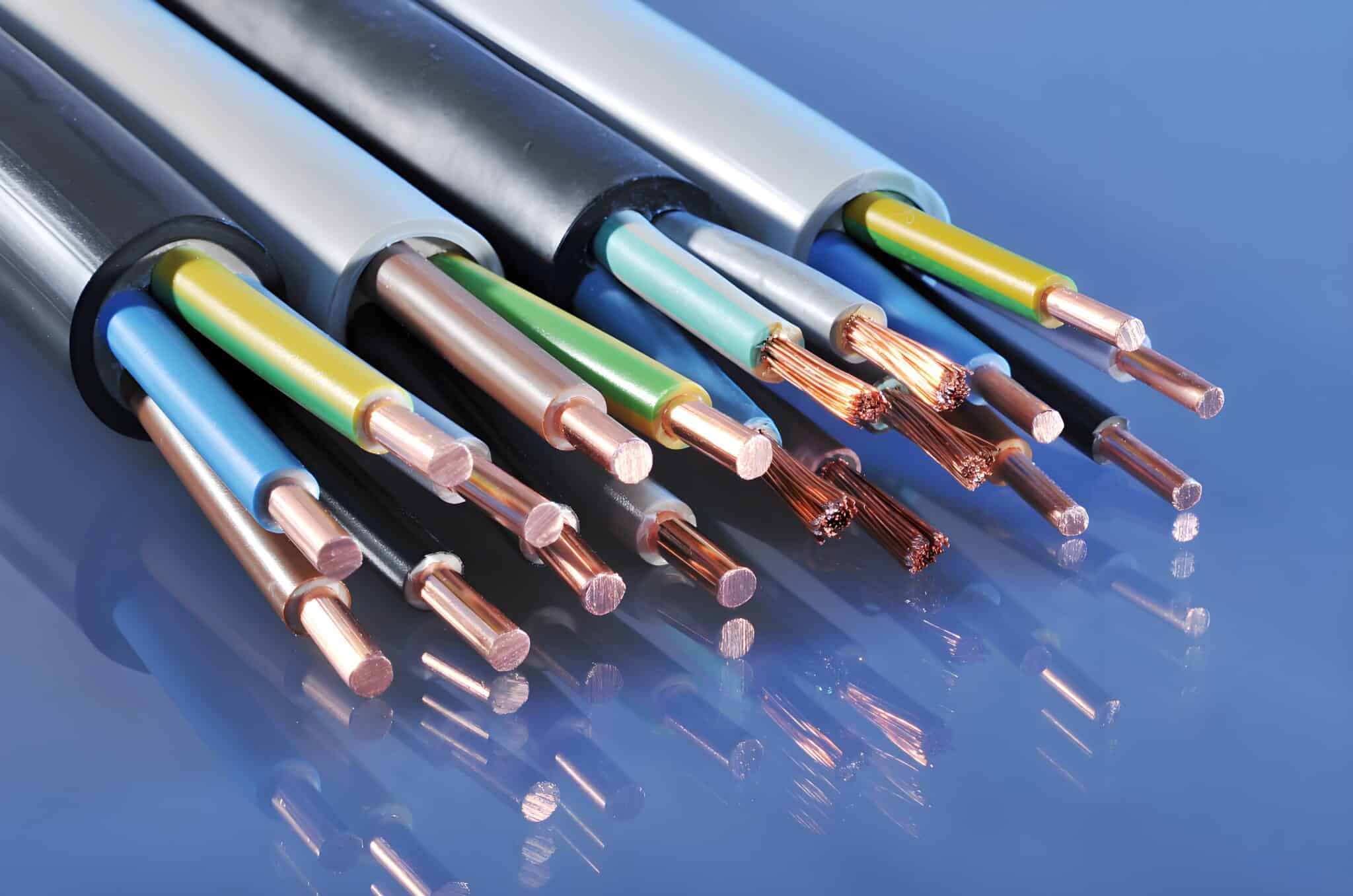Epoxy resin adhesives have been around since 1950 with only 70 years of history; however, epoxy adhesives have high adhesive strength and strong versatility, and have been known as “all-purpose adhesive” and “powerful adhesive”. It has been widely used in aviation, aerospace, automobile, machinery, construction, chemical industry, light industry, electronics, electrical appliances and daily life.

Epoxy adhesives are liquid or solid adhesives consisting of epoxy resin, curing agent, accelerator, modifier, thinner and filler. The gluing process of epoxy adhesives is a complex physical and chemical process, including infiltration, adhesion, curing and other steps, and finally generates a three-dimensional cross-linked structure of cured material, which combines the bonded material into a whole. Adhesive performance (strength, heat resistance, corrosion resistance, impermeability, etc.) depends not only on the structure and performance of the adhesive and the structure of the surface of the bonded object and adhesive properties, but also on the design of the joint, the preparation process and storage of the adhesive and the gluing process, etc., and is also subject to the constraints of the surrounding environment (stress, temperature, humidity, media, etc.). Therefore, the application of epoxy adhesives is a system engineering. The performance of the epoxy adhesive must be adapted to the above factors affecting the gluing performance in order to obtain the best results. With the same formula of epoxy adhesive gluing different nature of objects, or using different gluing conditions, or in different use environment, its performance will have great differences. Full attention should be given to this when applying.
Key Advantages of Epoxy Adhesives
Epoxy adhesives have the following advantages when compared with other types of adhesives.
- Epoxy resin contains many kinds of polar groups and epoxy groups with great activity, so it has strong adhesion with metal, glass, cement, wood, plastic and other polar materials, especially materials with high surface activity, and the cohesive strength of epoxy cured products is also great, so its adhesive strength is very high.
- The epoxy resin is basically free of low molecular volatiles when curing. The volume shrinkage of the adhesive layer is small, about 1%-2%, which is one of the smallest varieties of curing shrinkage among thermosetting resins. It can be reduced to less than 0.2% after adding fillers. The linear expansion coefficient of the epoxy cured material is also very small. Therefore, the internal stress is small and the impact on the strength of the glue joint is small. In addition, the creep of epoxy curing material is small, so the dimensional stability of the adhesive layer is good.
- There are many varieties of epoxy resins, curing agents and modifiers, which can be designed by reasonable and clever formulations, so that the adhesive has the required process (such as fast curing, room temperature curing, low temperature curing, curing in water, low viscosity, high viscosity, etc.) and the required performance (such as high temperature resistance, low temperature resistance, high strength, high flexibility, ageing resistance, electrical conductivity, magnetic conductivity, thermal conductivity, etc.).
- Good compatibility and reactivity with a variety of organic substances (monomer, resin, rubber) and inorganic substances (such as fillers, etc.), easy to copolymerize, cross-link, blend, fill and other modifications to improve the performance of the rubber layer.
- Good corrosion resistance and dielectric properties. It can resist the corrosion of acid, alkali, salt, solvent and other media. Volume resistivity 1013-1016Ω-cm, dielectric strength 16-35kV/mm.
- General-purpose epoxy resin, curing agent and additives have many origins and large output, easy to prepare, can be contact pressed into shape, and can be applied on a large scale.
More epoxy adhesive applications, please contact us via email: sales@yqxpolymer.com, or voice to us at: +86-28-8411-1861.
Some pictures and texts are reproduced from the Internet, and the copyright belongs to the original author. If there is any infringement, please contact us to delete.


